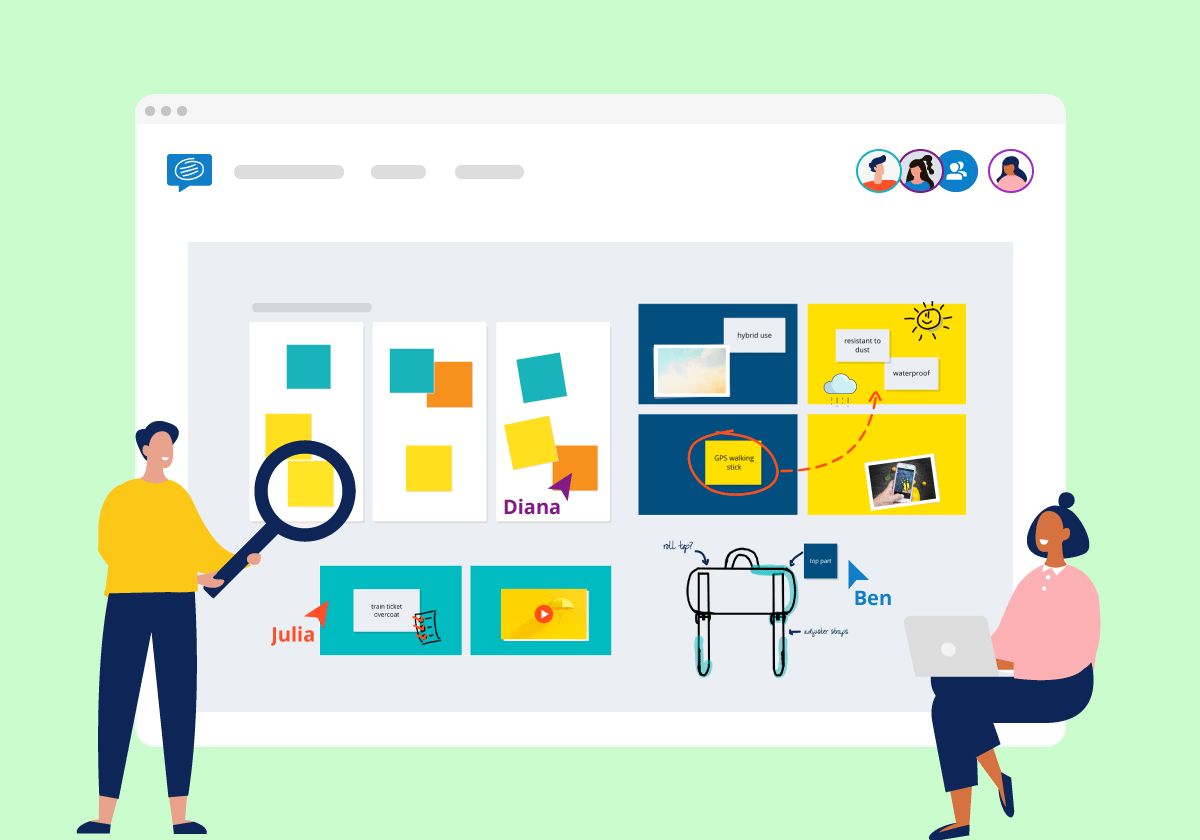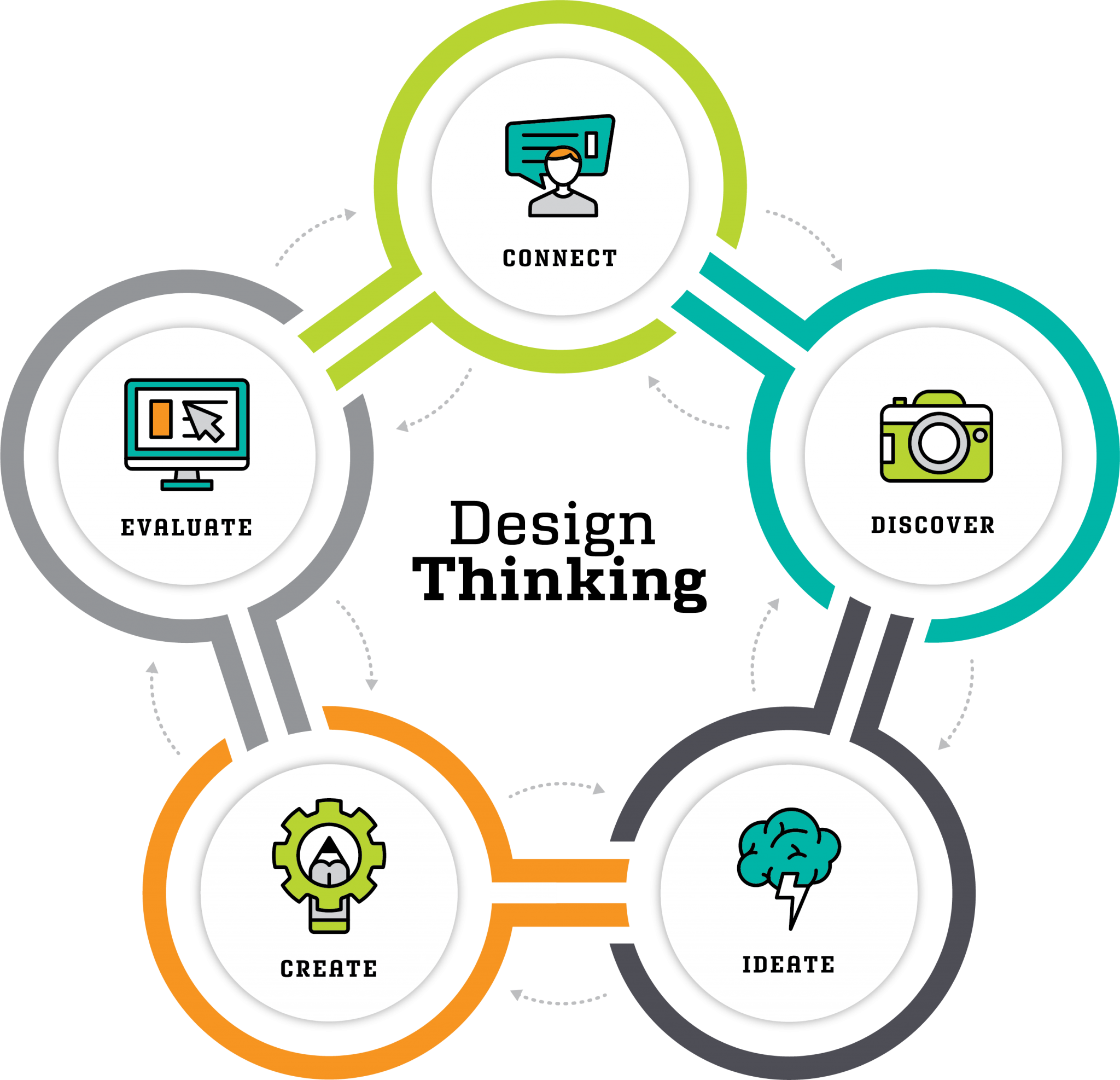Table Of Content
- Husk Power Systems: Building a Better World Through Entrepreneurship
- Stage 2 in the Design Thinking Process: Define the Problem and Interpret the Results
- 1- Align a team and make the concept more tangible
- You should have a thank you gift in your inbox now-and you’ll hear from us again soon!
- Success Factors for the Experience Design Process
- Mind maps and brainstorming
The stages might be switched, conducted concurrently or repeated several times to gain the most informative insights about your users, expand the solution space and hone in on innovative solutions. In the “Implement” phase, the team brings these ideas to life through prototypes. This stage is crucial for translating abstract concepts into tangible, viable products, services, or experiences. In essence, Design Thinking is a human-centered process of finding creative and innovative solutions to problems. By approaching the process using design methods, organizations and teams in any field can better understand their users, redefine challenges, and quickly test and iterate on possible solutions. Design thinking emphasizes empathy, collaboration and iterative learning to solve problems creatively.
Husk Power Systems: Building a Better World Through Entrepreneurship
IDEO is a leading design consultancy and has developed its own version of the design thinking framework and adds the dimension of implementation in the process. Don Norman encourages designers to incorporate systems thinking in their work. Instead of looking at people and problems in isolation, designers must look at them from a systems point of view.
Stage 2 in the Design Thinking Process: Define the Problem and Interpret the Results
To get the most out of a design thinking exercise, you’ll need a collaborative and creative mindset within your team. The team needs to be willing to explore new ideas, and laser-focused on customer or user needs. As you build up your understanding of your users, it's helpful to visualize their experience.
1- Align a team and make the concept more tangible

This step encourages designers to think creatively and push the boundaries of what's possible. We’ve put together a list of different brainstorming techniques to help your teams come up with creative new ideas. Design thinking tools are an essential part of any design team’s toolkit. These tools help teams to collaborate effectively, ideate, prototype, and iterate their ideas seamlessly. With the Freehand feature, teams can align everyone on the same page at every stage of their workflow.

You should have a thank you gift in your inbox now-and you’ll hear from us again soon!
It is conducted by a mediator and carried out by volunteers who meet in-person to answer open-ended questions about a specific and predetermined topic. Instruments used to obtain data, usually when the user is physically distant. A preliminary field research for the team to understand the context surrounding the problem. A matrix outlines the advantages and difficulties of putting each proposal into practice. Card-based reflections that help with information visualization are based on actual data from exploratory, desk, and in-depth surveys. Instruments are used to obtain data, usually when the user is physically distant.
Unlocking Innovations in Judicial Systems - United Nations Development Programme
Unlocking Innovations in Judicial Systems.
Posted: Mon, 04 Mar 2024 08:00:00 GMT [source]
Minimum Viable Product
It supports a vast array of creative projects, from digital art to marketing materials, by providing a scalable solution. For artists, designers, and developers seeking to enhance their creative output with AI, Prodia offers an accessible, efficient, and innovative platform. Tactical choices concern the specific actions taken to implement the strategy.
Rethinking Design Thinking - Core77.com
Rethinking Design Thinking.
Posted: Tue, 19 Mar 2013 07:00:00 GMT [source]
A matrix that communicates the benefits and challenges in implementing each solution. Collaborative meeting held by the Design team, which brings together individuals from different areas to foster innovative solutions. Ethnography is a branch of anthropology, which aims to understand behaviors and cultural relationship dynamics by conducting field research. It achieves its objectives by talking with and observing people and their social interactions. It can be used with groups, teams, organizations, in a nutshell, with every kind of group.
Mind maps and brainstorming
The important thing is how to make people communicate better and more conveniently. Unlock the secrets of persuasive design by discovering how companies and designers use psychology to influence your behavior. From scarcity to forced continuity, learn about deceptive persuasive design practices and how to avoid them. They have a free plan that allows you to have 1 active project at a time.
Stage 1: Empathize—Research Users' Needs
The solutions are implemented within the prototypes and, one by one, they are investigated and then accepted, improved or rejected based on the users’ experiences. Depending on time constraints, you will gather a substantial amount of information to use during the next stage. The main aim of the Empathize stage is to develop the best possible understanding of your users, their needs and the problems that underlie the development of the product or service you want to create. In the “Ideate” phase, the team synthesizes the insights gained to brainstorm a wide array of creative solutions. This stage encourages divergent thinking, where teams focus on quantity and variety of ideas over immediate practicality. The goal is to explore as many possibilities as possible without constraints.
Lookback is a powerful user research tool that helps teams conduct moderated and unmoderated usability tests as well as user interviews. It’s a great solution for those who are not looking for a big set of features but just want to run a quick test. A prototyping tool from the Adobe family, Adobe XD is a great vector-based tool for creating wireframes and interactive prototypes of your product. The tool has a familiar interface to all Adobe users and is frequently updated with new features. It provides a set of tools for creating and prototyping user interfaces and allows designers to share and collaborate on their designs with others in real-time. InVision is a digital product design platform that allows users to create interactive wireframes, mockups, and prototypes of their designs.
This approach, which is known as design thinking, brings together what is desirable from a human point of view with what is technologically feasible and economically viable. It also allows people who aren't trained as designers to use creative tools to address a vast range of challenges. These Design Thinking Toolkits have been developed from the core or basic design thinking principles to be more useful for different users.
It offers features such as vector networks, prototyping, and real-time collaboration, making it a popular choice for UI/UX design teams. It can be used to design and share interactive mockups, wireframes, and prototypes with team members and stakeholders, and it also allows for commenting on version history, and asset export. It is designed to help UX researchers and product teams collect, analyze, and share user research data efficiently and effectively. It provides a centralized location for all user research information, including interview transcripts, survey results, and customer feedback. Design thinking focuses on finding solutions that meet users’ needs and responding to their feedback. People, not technology, are the driving force behind innovation; therefore, a crucial part of the process is understanding the user’s perspective and building genuine empathy for the target audience.

No comments:
Post a Comment